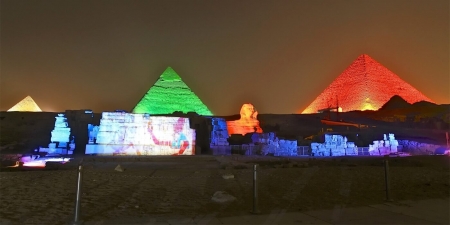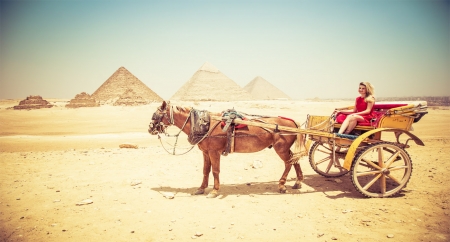-
Home
- Egypt
- Wiki Travel
- Cairo Attractions
- Agricultural Museum Egypt, Cairo
Agricultural Museum Egypt, Cairo
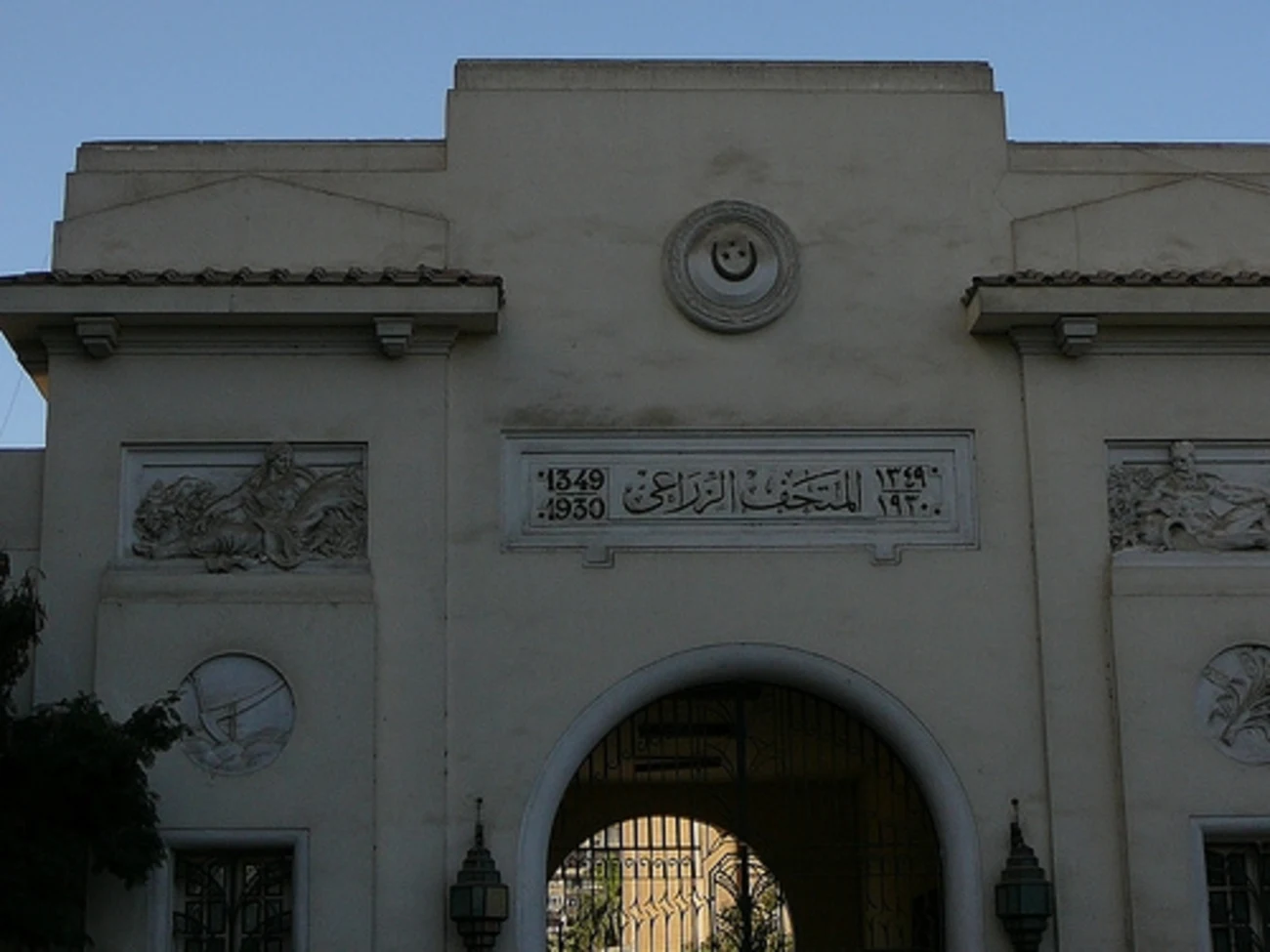
The Agricultural Museum Egypt features a variety of displays about farming practices from ancient times to the present day. Agriculture has played a major role in the Egyptian history and always affected the lives of Egyptians from the days of the pharaohs up to our modern time. Therefore, because of agriculture's ancient and continuing importance to Egyptian life, the Egyptian government decided in the 1930s to build an agriculture museum, which was built during the period of King Farouk to mainly serve two purposes. To provide agricultural and economic knowledge and to record the history of agriculture over a long period that extends from prehistoric to modern times. This new part of the overall Agriculture Museum will have two stories.
The first story will be devoted to implements for hunting and agriculture field and orchard crops, including some that date back seven thousand years. The second floor will have displays of animal wealth including exhibits of fossilized animals and birds that ancient Egyptians once caught, including ducks, geese, cranes and the ibis. The Cotton Museum presents exhibits and information about Egypt's most famous product. The grounds of the museum are huge, covering about 125 thousand square meters. The actual buildings occupy 20 thousand square meters. More than 15% of this space is occupied with gardens that contain a lot of different flowers and plants, including trees, bushes, rare plants, green areas and greenhouses, in addition to two pharaonic gardens. It also has a cinema hall, a lecture hall, a library, laboratories for reparation, maintenance, embalming, preserving and storing.
The museum of bread includes information about bread in Egypt since ancient times. It contains old, interesting pictures of different agriculture aspects such as pictures of peasants, waterfalls, and agriculture tools. All kinds of bread that Egyptians eat from different regions are displayed in the main hall of the museum. The second hall of this museum contains a display of different gadgets used in the baking of bread. A cleaning machine, used to filters the wheat and wash it before baking it is on display. Then, there is a display of various kinds of baking ovens both old and more modern. There are small models of workers baking bread as well, and all kinds of Egyptian wheat are displayed in this museum. Obviously, bread has played an important role in Egyptian life from the most ancient of times until the present. The Museum of Plant Wealth contains all kinds of field and orchard items. It consists of two sections. The first one is field crops, which includes samples of grain crops, oil-producing crops, leguminous crops, sugar crops and fiber crops with an emphasis on the most up-to-date scientific methods of increasing productivity. The second, orchard section includes samples of all kinds of fruit and vegetable, medicinal and aromatic plants and some types of wooden trees. Information for each fruit and vegetable is written under it to inform the viewer.
Customize Your Dream Vacation!
Get in touch with our local experts for an unforgettable journey.
Plan Your TripThe hall also includes ways of enhancing the seeds and protection against insects and pests. And like all the other halls of the museum, different pictures of the Egyptian agriculture life are included on the walls. The Arab Hall is a specialized section for rural and Bedouin agriculture and trades. It was opened Sunday 30 of July 1961 during the rule of Gamal Abel Nasser. The Scientific Collection Hall includes scientific collections sorted according to scientific classification and partly sorted according to the history of agricultural elements and development. The area is in two floors. The ground floor is mainly associated with the farmer's life. Inside this hall, one will feel almost like one is inside the Egyptian country side. Statues are all over this hall displaying most of the Egyptian farm jobs like pottery and glass making. The upper floor includes displays of animal wealth, animal and poultry products and means of manufacturing them. Collections of embalmed local and migratory wild birds in their natural habitats are displayed as well as a collection of insects and rare luminous bugs (terflies).
Book One of our Egypt Tours to Know more about Egypt History.
Egypt Travel Guide
Egypt Oases
- Gara Cave
- Al-Deer
- Badr's Museum
- Bagawat
- Black desert
- Cleopatra bath
- Great Sand Sea
- Mizawaka
- Monastery of Anba Bishoy
- Mountain of the Dead in Siwa | Gebel al-Mawta
- Qarun Lake
- Roman Temple in Deir El-hagar
- Temple of Alexander the Great
- Temple of Amon
- Temple of Dush
- Temple of Hibis
- Temple of Nadura
- The Crystal Mountain | Bahariya Crystal Mountain
- The Monastery of Abu Makar (Makarios) | Egypt
- The Monastery of Baramus | Egypt
- The Monastery of El Suryan | Cairo Attractions
- Therapy in Siwa Oasis
- Valley of Al-Haiz
- Valley of the Golden Mummies
- Wadi Al- Rayan, Protected Area | Fayoum, Egypt
- Wadi El-Natroun | The Monasteries of Wadi El Natrun
- The White Desert in Egypt
- Fayoum Bird-watching Guide
Ports of Call
Red Sea and Sinai
Famous Mosques in Egypt
Transportation guide in Egypt
Egypt Tourist Attractions
Egypt Pyramids
- Djedefre Pyramid | Abu Rawash
- Abu Sir | Egyptian Necropolis & Pyramids
- King Snefru's Pyramid | Egypt
- Old Kingdom Pyramids | Ancient Egypt
- Pyramid Complex of Pepi I
- Pyramid of Amenemhat III
- Pyramid of lahun | Egypt Pyramids
- Pyramid of Meidum
- Pyramid of Neferhetepes | Egypt Pyramids
- Pyramid of Netjerkhet | Egypt Pyramids
- Pyramid of Neferefre
- Pyramid of Sahure | Egypt Pyramids
- Pyramid of Sekhemkhet
- Pyramid of Sesostris III
- Pyramid of Teti | Egypt Pyramids
- Pyramid of Userkaf | Egypt Pyramids
History of Egypt
- The False Doors | Ancient Egypt Secrets
- Egyptian Canopic Jars: What are Canopic Jars?
- Holy Family in Egypt
- king khufu (Cheops) | Kings of Ancient Egypt
- Khafre Statue | King Khafre Pyramid
- Who built the first pyramid in Egypt
- Menkaure (Mykerinos) Pyramid | King Menkaure
- Ramesses IV | Ramses iv Tomb
- Ramses IX Tomb
- The Divine Triad of Dendera
Aswan Attractions
Luxor Attractions
Alexandria Attractions
Cairo Attractions
- Famous Bab al Futuh
- Al-Tannoura Egyptian Heritage Dance Troupe
- Saints Sergius and Bacchus Church
- Abusir Pyramids & The City of The Dead Egypt
- Agricultural Museum Egypt, Cairo
- AL Fustat Historical City
- Bab El Nasr Cairo City Gate
- Beit Al Sennari or Al Sennari House in Cairo
- The Cairo Tower
- Birqash Camel Market in Cairo
- Coptic Cathedral in Abbasiya
- Egyptian Museum Guide
- El Mosky Cairo | Bazaars & Souks
- King Tutankhamun Treasures: Inside the World of Egypt’s Most Famous Pharaoh
- The Mosque of Muhammad Ali Pasha in Cairo
- Royal Mummy Room in The Egyptian Museum
- The Pharaonic Village
- The Great Sphinx of Giza
- Babylon Fortress Facts
- Solar Boat Museum
- Valley Temple of Khafre
- St Mary Egypt Orthodox Church
- Verdi Aida Opera Show in Giza Pyramids Egypt
Enjoy a great visit to Dahshur and the Step Pyramid at Sakkara. This is a journey to see the progress of ancient Egyptian building techniques across different ancient ages.
Plan Your Trip!
You Might Also Like

The event will welcome 1500 to 5000 guests in the sound and light platform inside the Giza pyramids area. The theme should match the Pharaonic designs and colors.
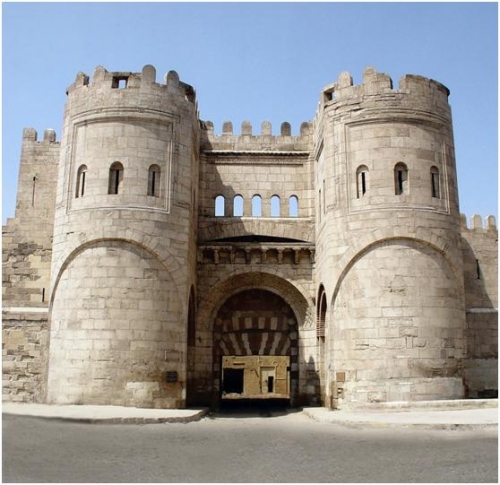
Bab Al Futuh in Cairo was built in 1087 by Badr al-Gamali. It likewise replaced an earlier gate placed somewhat to the South which had been included in the original enclosure wall of Gawhar.
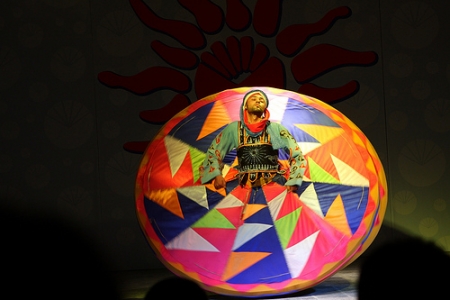
Al-Tannoura Egyptian Heritage Dance Troupe is an architecturally stunning arts centre in El Azhar area in Central Cairo, operating under the Ministry of Culture and the Cultural Development Fund (CDF).
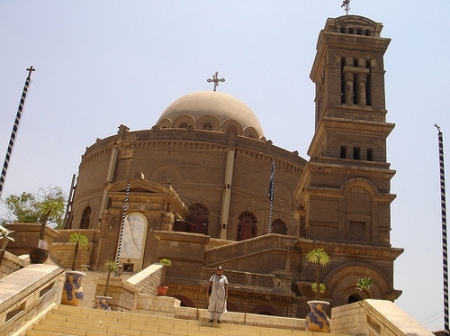
Saints Sergius and Bacchus Church were built to be dedicated to two Martyrs (Sergius and Bacchusand) traditionally believed to have been built on the spot where the Holy Family rested at the end of their journey into Egypt.

Abusir Pyramids and The City of The Dead Egypt is located at 1.2 miles north of Saqqara, but still at some distance to the south of Giza.
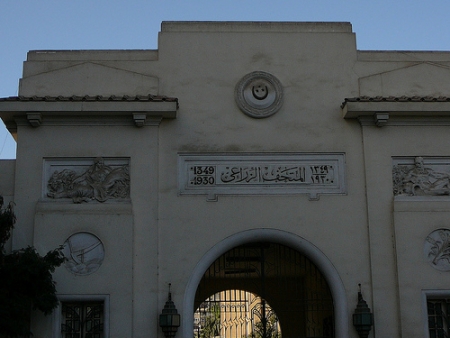
The Agricultural Museum Egypt features a variety of displays about farming practices from ancient times to the present day. Agriculture has played a major role in the Egyptian history and always affected the lives of Egyptians from the days of the pharaohs up to our modern time.
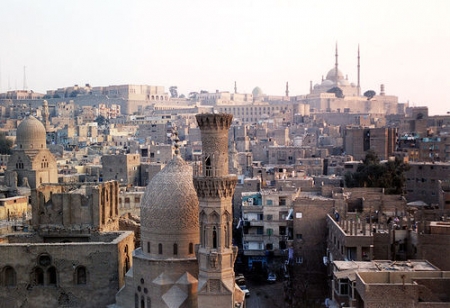
Cairo Fustat is now a part of the 'Old Egypt' area in, Egypt in Al-Fustat City. Egypt is considered the eldest remains in Amr Ibn Alas mosque Al Fustat.

Bab El Nasr in Cairo, which is placed at the northeast corner of the enclosure of Fatimid Cairo, consists of two great square towers, solid for two-thirds of their heights, flanking a very fine arched gateway which is set back 4.54 m.
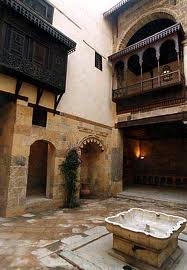
Beit El Sennari is not well known by many tourists who visit Egypt. Situated on a small lane named Haret Monge, just off of a downtown street called Khairat, there are very few tourist attractions nearby
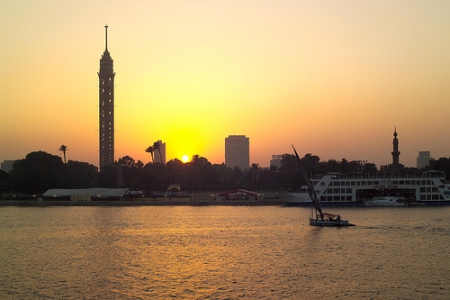
The Cairo Tower or ElGezira tower or ( Brag El qahari) in Arabic language is consider one of the most prominent features of the Egyptian capital .Its partially open lattice-work design is intended to evoke a lotus plant.

Explore Birqash Camel Market in Cairo, where tradition and culture meet. Witness camel trading, local life, and a unique Egyptian market experience.
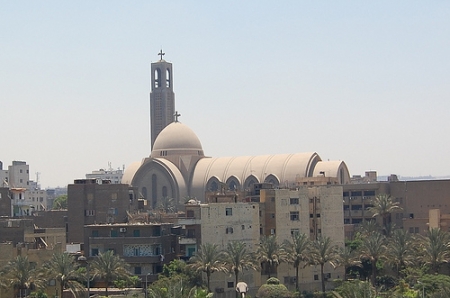
Abbasiya Coptic Cathedral was built in 1968 and inaugurated by President Nasser and Emperor Hilasilasi of Ethiopia when Pope KirolosVI was appointed the Patriarch and Pope of Alexandria and it is considered the largest church in Africa.

Egyptian Museum Cairo contains 42 room. .The museum's ground floor follows the history of ancient Egypt.
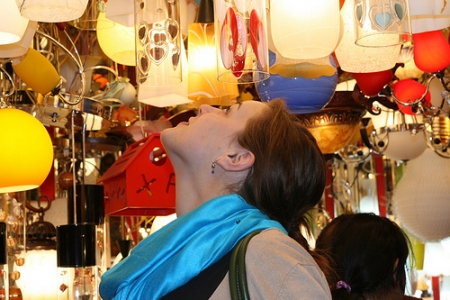
El Mosky Cairo was founded by prince Ezz El Din Mosk; he was a prince in the reign of Al Sultan Salah El Din El Ayobe (Saladin).

Learn about King Tutankhamun treasures and explore the secrets of his tomb, royal rituals, and preserved artifacts.
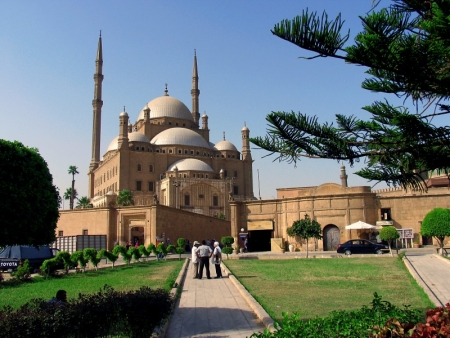
The Mosque of Muhammad Ali is one of the most interesting Mosques in Egypt. It stands proudly on the highest point inside the Citadel of Saladin.
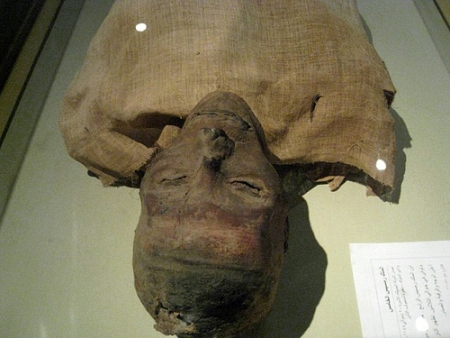
After death, the pharaohs of Egypt usually were mummified and buried in elaborate tombs. Members of the nobility and officials often received the same treatment, and occasionally, common people.
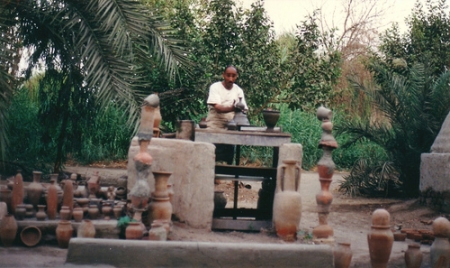
Pharaonic Village is situated in Giza, only a few miles from downtown Cairo. It was built to be a fantastic journey to the days of the pharaohs.
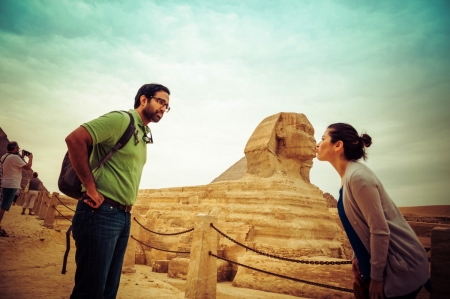
Looking for Great Sphinx Facts? Click here to know when, how and why Sphinx was built?

Babylon Fortress also known as Qasr el Shamee or the candles palace as the towers of the fort were adorned with illuminated candles at the beginning of every month.
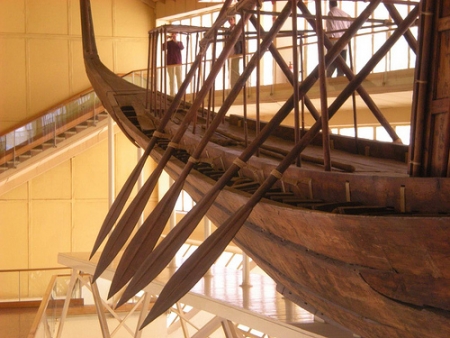
Situated to the south of the Great pyramid, The Solar Boat Museum was established by Kamal El, read more.
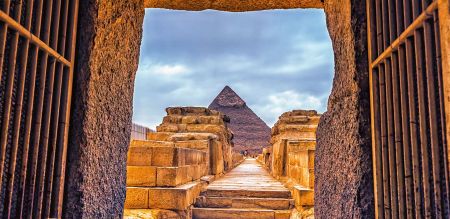
Experience the Valley Temple of Khafre like never before. Explore its purpose, design, and must-see highlights—read the full guide now!
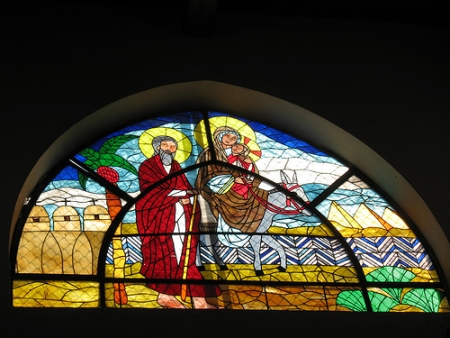
St Mary Church Egypt is situated in Maadi area on the East River bank of the Nile, east of Maadi. It was built as a dedication for the Virgin Mary.

